We are living in an era where the internet is the star. Everything we do each day is has something to do with the internet. We are certain that majority of the people go online every day to share something, learn something and ask something. Instead of going to libraries for research, you can merely type keywords on a search engine website and you’ll get millions of answers. Instead of buying a newspaper, you can just check an online version to check on the latest news. Instead of getting a book, you can just purchase an eBook and read it using you smart phone, a kindle or an iPad. Yes, there had been great changes since the computer and the internet was born.
Acquisition of information and communication has greatly transformed. This is the time when graphic designers no longer limit their skills in creating brochures, business cards, magazines and other printed materials. They have even escalated to designing websites, apps, icons and others. Even business organizations and companies took a detour and had their own e-commerce sites. But does this mean that print design has totally died? What are the differences of print and digital design? Is print still valuable in the design era?
Print and Digital Design- A Comparison
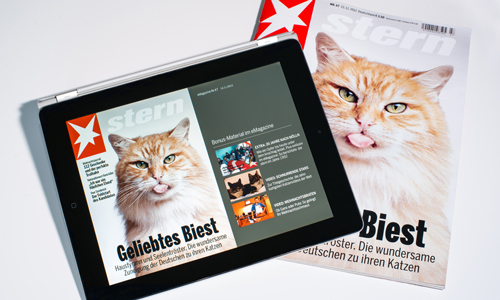
Print and digital design has differences as well as similarities. Their nuances and likeness give a range of options for the users and also allow each other to exist together. We would give it a deeper thought through the points we have below.
1. Media Type.
For print, one can create a brochure, magazine, product packaging, business card and logos. Although a logo is also used online. It is something that is used for both print and digital design because it is associated with one’s branding. For digital design, one can create a website, banner advertising, email newsletters, icons and applications.
2. Audience.
Both print and digital designs would always look into the audience of a project to make sure that the message will be relayed well and the target audience will be able to connect to it. For magazines and other printed media, one has to make sure that the attention of the audience is sustained and would carry his eagerness about it to do some actions or to continue reading the material. For websites, one would need to have a good design and high quality contents that will make the users stay on the site for long.
3. Technology.
It is important to keep up with the latest technology for both. Knowing the latest printing processes will help a designer acquire the best result for his works while websites would need to know what certain advances are existing in order to cope up with the recent trend online. But for both, Adobe Photoshop, Adobe Illustrator and even Indesign are all used.
4. User Experience.
There is a difference when we speak of user experience because for printed materials, the user will merely look, read and understand the images and texts in it. But for digital media, one can resize the look by zooming in and out. There can even be videos and animations that would help relay information. The design effects seen online can create a different user experience including buttons and links.
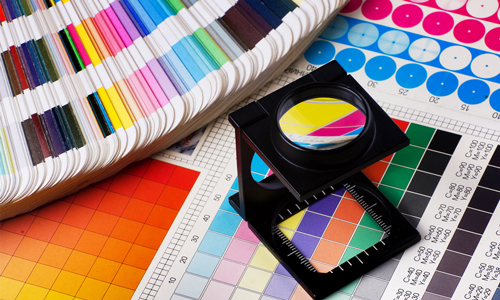
5. Layout.
A print design would be designed on an exact paper size. It will also be printed on the same. But for digital design, screen size varies and one has to make sure that the design will look good in whatever the screen size is.
6. Color.
When we talk about color, there would be a different approach. A designer needs to understand color models and spaces like RGB (Red, Green, Blue) and CMYK (Cyan, Magenta, Yellow and Key). In print design, CMYK is the standard for color space while RGB is what you can see in every digital equipment. When working for a design that is for printing, you have to remember that how it looks on screen is different from how it will look when printed. That is why it is important to have proofs. In digital design, you have to consider the difference in colors from every monitor and how it can be affected when contrast or brightness is changed. Instead of mere color names, colors could be represented using hexadecimal values for digital design.
7. Typography.
Type can be seen in both print and web design. In printing, one would be using different font styles and sizes. It is important that the size is readable while observing proper type hierarchy. Same is also true for web design but one has to keep in mind to use web safe fonts for these are compatible in different browsers. You can add different effects on your text for digital use while you need to avoid many effects for print because the result would be different from how you did it using the computer.
8. Navigation.
Reading a magazine is simply done by flipping the pages. But reading a website is different because you have to go to different buttons and navigations to get to a certain page. You can also find links which will bring you to a different part of the website or will let you do some actions. You are given different choices as how and where you want to navigate.
9. images.
For print, you would merely be placing an image on a sheet and have it printed. With good image quality, it would appear right on print. But for digital design, it has to be on the right format or else, it might not appear on the website. An image should be 72dpi for web and could be in jpg, png or gif formats. Proper sizes are also necessary.
10. Interactivity.
Well, obviously, there is more interactivity with digital stuff. You can even see images in motion or animations and there are different ways on how you can go through with the navigation. In print, what you see is what you get and you can only be taken to a different view once you flip pages.
There are indeed differences and similarities for print and digital design. One needs to have enough knowledge about these so you can take the right approach for working on either of the two types. This way, you can get a good result and the purpose of your design will not fail.
Why Print Design Remains
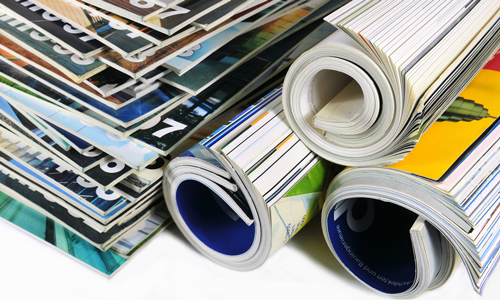
Marketing has changed since it is not limited in using brochures or printed ads anymore. Business makes use of websites to promote their products and services. More people prefer to do online promotions and marketing for it is more convenient and inexpensive. But it still depends on what strategies they do and how they would work on it. Like offline marketing, online marketing would also require time, effort and enough understanding of the process. Well, despite the use of digital media, print remains. It even appears that print is here to stay because of the following reasons:
1. For local market.
It would be easier to reach the local market if you use print. Billboards, posters and pamphlets are effective in promoting a business locally. This will inform the people that a certain business exists in their area and would encourage them to avail products and services.
2. Tangibility.
One good thing about print is its tangibility. Giving a piece of paper with some marketing stuffs printed on it would encourage the audience to pay attention to it since print media is not easily ignorable. Print is also permanent. It cannot be easily changed and destroyed which makes promotion last for long.
3. For the elder group.
Not all elders know how to use the computer or could access the internet. Hence, they need something to read and refer to. Also, these people are used in the conventional communication methods and are more comfortable with such.
4. Control.
What is this control anyway? In print, one has complete control on the design and whatever you want to include in it. The design is interlaced with the contents and you cannot separate any of it for the other. The presentation will always be intact. Online, a design can be separated from its contents. One can copy it, edit it and give it a different meaning.
5. Easier access.
You do not need an internet connection in order to read a magazine. All you need is the magazine. But the disadvantage is the information you are getting is limited to what you are reading and you will not be able to go any further. This is also good for people who do not have access to the internet (well, there are still areas that doesn’t have internet connections) and for those who are not civilized to use it (and there are still some people who doesn’t know how to use the internet).
Print design is still needed these days but one disadvantage is the cost. Printing is pricey because you would need to pay not just for the design but also for the paper and ink. Prices also vary for different print sizes especially if you decide to have a billboard. But then, print is still effective in marketing even in this digital era.
Print and Digital Design In One
Both are indeed different but some online designs have adopted print design. This could show that web design also attempts to link conventional media to the online world. This would seemingly create a comfortable experience to those who got used in using the conventional way. Some designers have created websites inspired by printed materials. We will give you some examples of websites that are designed like a magazine, newspaper and poster.
Los Angeles Times
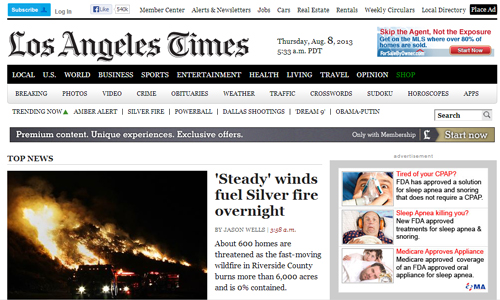
A newspaper in print and on the web- you will still feel like checking the real paper once you get here.
Site
Black Book
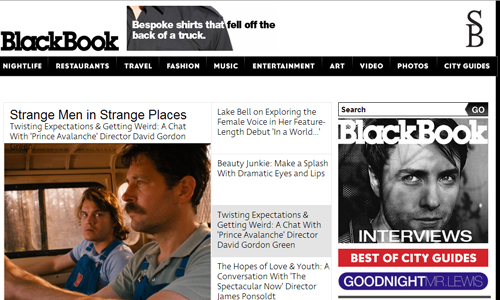
Layout and arrangement of elements were done like a newspaper for BlackBook.
Site
Bumbershoot
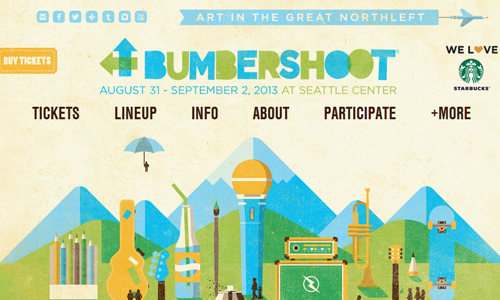
This site is designed like a poster. Check on its layout and even the use of graphics.
Site
El Pais

One look at this will make you think that you are actually looking at a newspaper on print.
Site
Deda
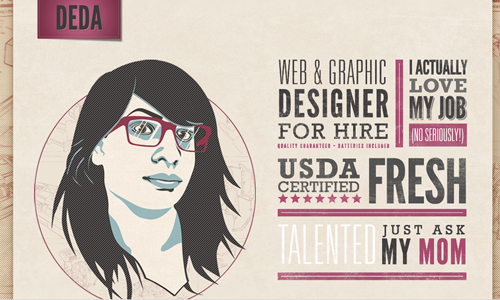
Poster-inspired design with creative play of type.
Site
Vanity Fair
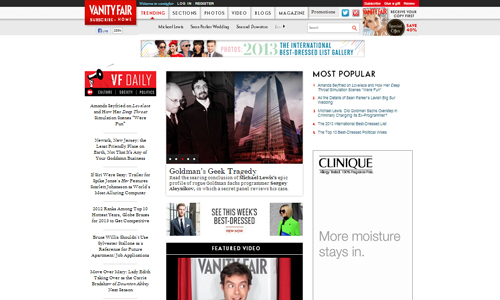
A magazine style website design where information is laid like a real mag.
Site
NY Times
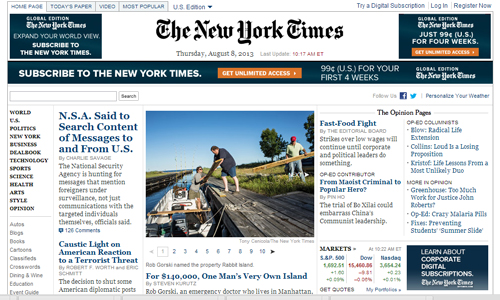
The site name is done like a real newspaper nameplate and it sure looks like one.
Site
Giant Life
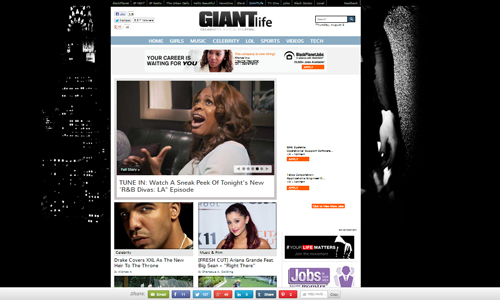
A web design like a magazine with the layout of pictures and placement of texts.
Site
Iutopi
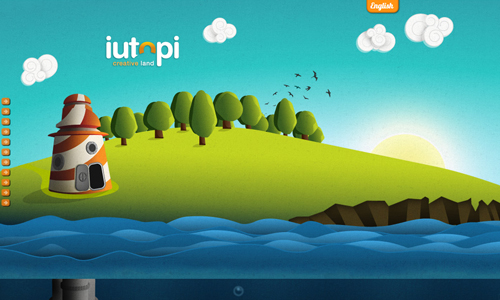
This one has a design like a poster- stunning, attractive and relays a message on one glance.
Site
Jacksonville Landing
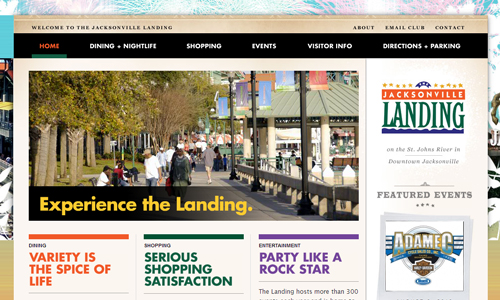
Colorful headings like a magazine- this is used for this website.
Site
Living with Print and Digital Media
Print and digital design would co-exist because each one does not merely have some genes from the other but they could also work better together. That is why printed magazines also have online versions while newspapers give updates on their websites every day. People have learned to adapt to online media while still resorting to printed materials depending on the purpose of their tasks. Printers in your own homes and offices could provide us hardcopies of what we see and work on using the computer. Hence, it is not that hard to live with both media around.
Designers these days have learned the ropes of both print and design. With their knowledge on both aspects, it is easier to develop sources of information and marketing materials with clarity and effectiveness. They know their limits and are aware of certain technological advances that could affect design work. Having ample knowledge for both print and digital design will make a designer more versatile and would even have more chances to excel in his field.
Print will never be able to regain its crown of royalty back because the digital world has reigned communication. But despite that, it will still remain because there is a huge difference between one’s experience in using print and digital media. Business are wise enough to consider using both because ignoring either of them is surely a wrong decision because each one has its own value.
Do you think there would be a change on how people view print? What do you think is the primary difference between print and digital design?







I completely agree that Print Design is still important. even you have good web presence or digital branding, Good Print Design matters a lot.